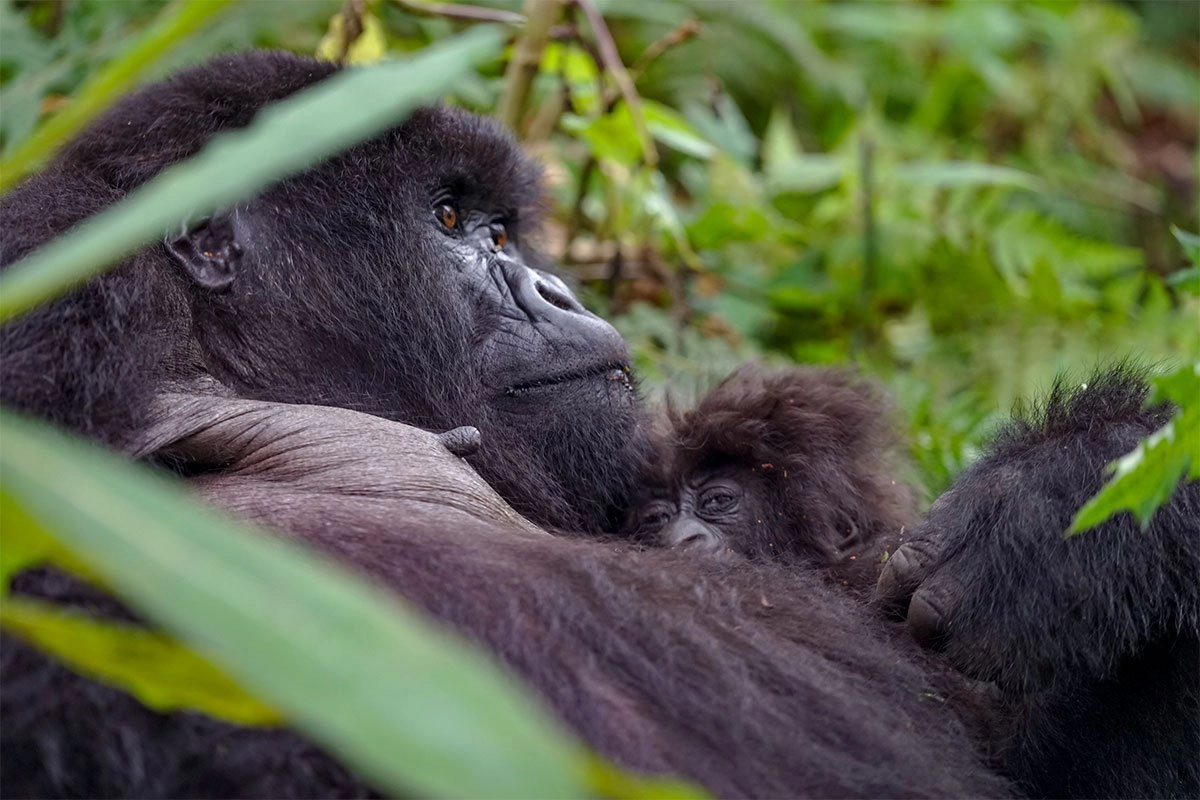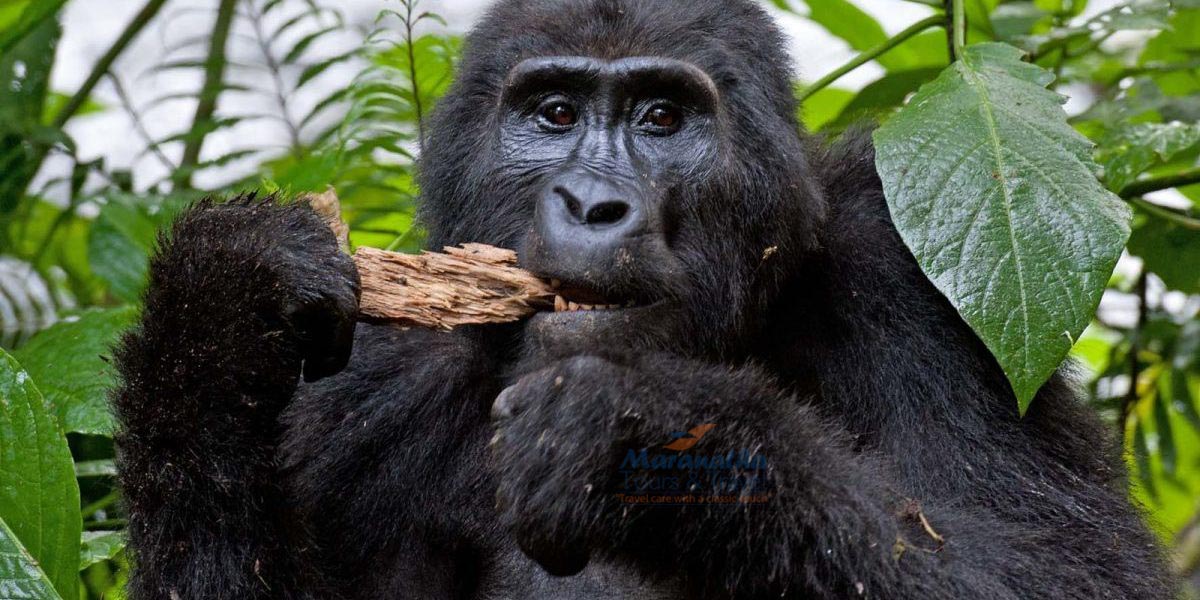Am I Fit Enough For Gorilla Trekking in Bwindi?
Trekking to get up close and personal with the endangered mountain Gorillas in their natural habitat is one of the most thrilling and life-changing experiences for any wildlife enthusiast. Nothing is as exciting as watching silverbacks playing with mountain gorilla infants, or infants jumping from one tree branch to the other and to the ground. However, trekking through the natural habitats of these Giant Apes isn’t a walk in the Park with rugged terrains, densely-forested areas and steep slopes, which all require visitors to be of good shape and fitness levels to succeed.
In most cases, the habituated gorilla family being trekked would be found fairly quickly, yet it takes between three and six hours of walking through rugged terrains, uneven and muddy/slippery paths, steep slopes and dense vegetation that travelers aren’t familiar with. For regular hill/or mountain hikers, this might be something you’re familiar with but having the right clothing and footwear will make it easier and less challenging to maneuver through mountain gorilla natural habitats.

Gorilla trekking in Bwindi
However, this doesn’t mean that travelers who aren’t hill or mountain climbers can’t trek the mountain gorillas. With the help of porters (hired at $10 to $15 per porter), gorilla trekking will be made less difficult. Also, hiring a porter is one of the ways of directly supporting the surrounding local communities to benefit from tourism. Porters are members of the local communities (most of whom are former poachers) hence familiar with the terrains of the area hence will make it easier to achieve your dream of meeting face to face with the Giant Apes in their natural habitats.
Travelers with reduced mobility and elderly ones can also get the chance to trek mountain Gorillas in Bwindi, with the option of sedan chairs lifted by at least four porters. These chairs are hired at $350 to $450 per person and makes it possible to achieve the once in a lifetime dream of watching these Giant Apes in their natural habitat. There are currently only four Mountain Gorilla Trekking destinations in the whole World and these include Bwindi Impenetrable and Mgahinga Gorilla National Parks in Uganda, Volcanoes National Park in Rwanda, and Virunga National Park in the Democratic Republic of Congo, but travelers who have gotten the chance to trek gorillas in these places will agree that Bwindi is the most difficult- with rugged terrains, denser vegetation and steeper slopes. The southern sectors of Bwindi (Rushaga and Nkuringo) are even considered more challenging thus need visitors to be physically fit or of perfect shape.
That said, gorilla trekking within Volcanoes National Park is said to be less challenging than it is in Bwindi Impenetrable National Park (the main gorilla trekking destination in Uganda). This is mainly because the
habituated gorilla families in Rwanda occupy the lower slopes marked by Bamboo vegetation (which are open and more gentle) and can be found after about 2-3 hours of trekking.
The habituated gorilla families in Bwindi Impenetrable National Park are trekked through the dense rainforest, which is very challenging. Additionally, the hiking trails are extremely steep, especially when it has been raining and therefore hiring a porter makes something that is obviously difficult to be less challenging. Therefore, are you fit enough for gorilla trekking in Bwindi? You don’t have to be on the treadmill for several hours, hit the gym or be a mountain climber to succeed in trekking these Giant Apes bur rather practice with some basic fitness exercises like jogging, walking for long distances, or hiking hills in your neighborhood.
How long do Gorilla Treks last?

Gorilla Trekking in Bwindi
After all is said, you might be wondering how long gorilla treks in Bwindi last. Treks last as little as half an hour to as much as 6 hours or more, you just have to be prepared for anything. There are a number of reasons for this. Mountain gorillas usually make new nests each night and trackers move into the forest beforehand to find the location of Mountain gorillas based on the previous night’s nests. So the duration of the trek will depend on the location of the gorilla nest (which is usually less than one hour away from their actual location).
